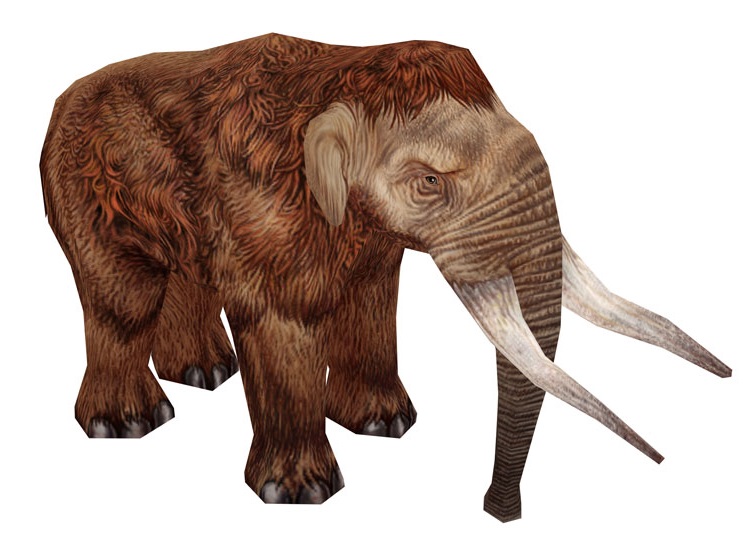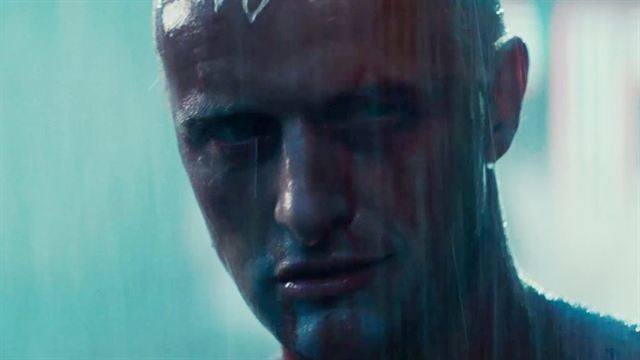
One of the reasons he seems so large is that he’s placed right in the front of the picture, and he hardly fits in-his ears and tail and feet almost touch the edges! The composition-how things are arranged on the canvas-let’s us know that this four-footed friend is pretty special. But how do you think he would have been in real life? Whoa, Fido, easy! Down boy, down! This bull mastiff seems more “massive” than “mastiff”! He looks positively huge in this picture. El retrato de Bella Donna ya no existe, pero el gran perro, cuyo nombre, desgraciadamente, no fue registrado en las notas de Guercino quedó como una de las composiciones más inusuales e imponentes del artista. Guercino además perfila la cabeza del perro contra un cielo tormentoso, dándole una grandeza heroica y casi humana.De las notas registradas por el mismo Guercino, hemos aprendido que alrededor de la misma época en que este perro fue pintado el Conde le encargó un retrato similar––de uno de sus caballos favoritos llamado Bella Donna. Su cabeza se eleva sobre un edificio con torres que se vislumbra al fondo-tal vez una de las casas de campo de la familia.Los mastines son perros grandes, pero Guercino exagera el tamaño y la nobleza de este animal al posicionarlo junto a una columna clásica, de modo que tenemos que mirar hacia arriba para verlo. Sin embargo, sigue erguido y alerta, listo para salirle al paso a los intrusos. Una de sus orejas está rasgada y tiene cicatrices en la mejilla. Su hocico está matizado de blanco y ha presenciado su buena cuota de conflictos. El perro ha envejecido al servicio de su amo, como un guerrero veterano.

Y es verdaderamente un retrato: la edad y los rasgos característicos del perro están registrados con gran cuidado y sensibilidad. El conde debe haber admirado al animal, porque le encargó a Guercino, uno de los artistas más reconocidos de su época, que pintara este retrato.

El escudo de armas en su collar lo identifica como propiedad del Conde Filippo Aldrovandi, un senador y patrocinador que era un ciudadano importante de Bolonia en el siglo 17.

NARRADOR:La cabeza ancha de este perro y la piel colgante de sus mandíbulas indican que se trata de un mastín, raza conocida por su lealtad y valentía como perros guardianes. The portrait of Bella Donna no longer survives, but the big dog (whose name, alas, was not recorded in Guercino’s notes) remains one of the artist’s most unusual and commanding compositions. Guercino also silhouettes the dog’s head against a stormy sky, endowing him with a heroic, almost human grandeur.įrom Guercino’s own account books, we learn that around the same time that this dog was painted the Count commissioned a similar portrait, one of his favorite horses called Bella Donna. Mastiffs are large dogs, but Guercino exaggerates this animal’s size and nobility by standing him beside a classical column and making us look up at him. His head rises above a turreted building in the background-perhaps one of the family’s country villas. Still he stands alert and vigilant, ready to head off intruders. One ear is torn and there are scars on his cheek.

He has grown old in his master’s service, like an aged warrior. And it is indeed a portrait, with the dog’s age and distinguishing features carefully and sympathetically recorded. The count must have admired the animal, for he commissioned Guercino, one of the most renowned artists of his day, to paint this portrait. And the coat of arms on his collar identifies him as belonging to Count Filippo Aldrovandi, a senator and art patron who was a leading citizen of 17th-century Bologna. This dog’s wide head and slightly drooping jowls identify it as a mastiff, a breed famed for their loyalty and fearlessness as watchdogs. South and Southeast Asian Paintings and Sculpture.


 0 kommentar(er)
0 kommentar(er)
